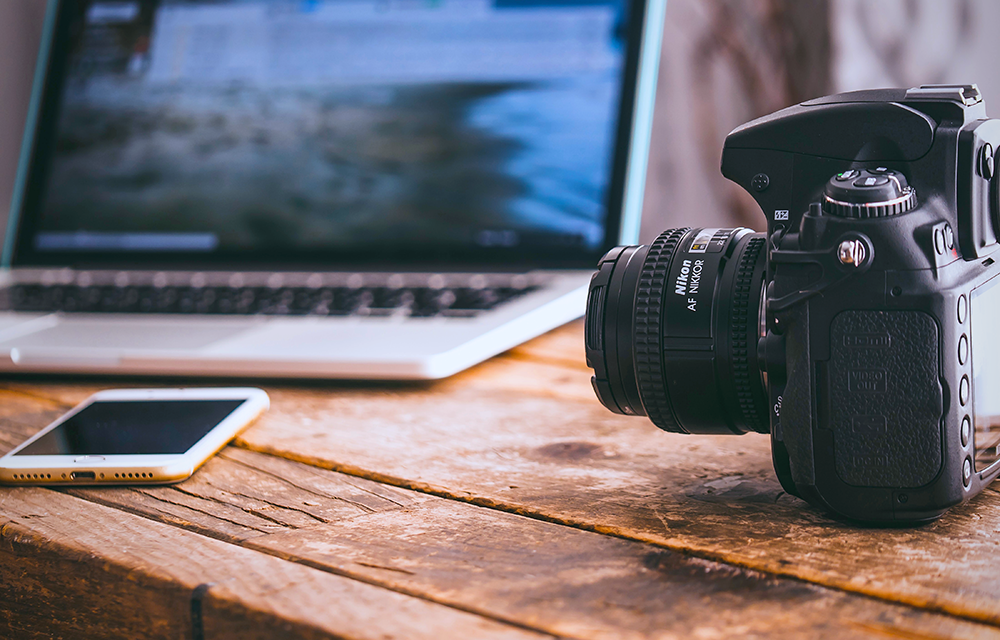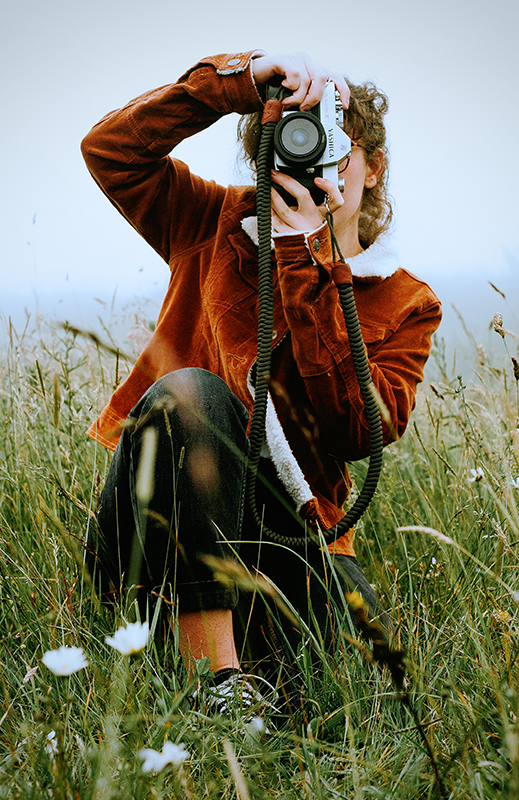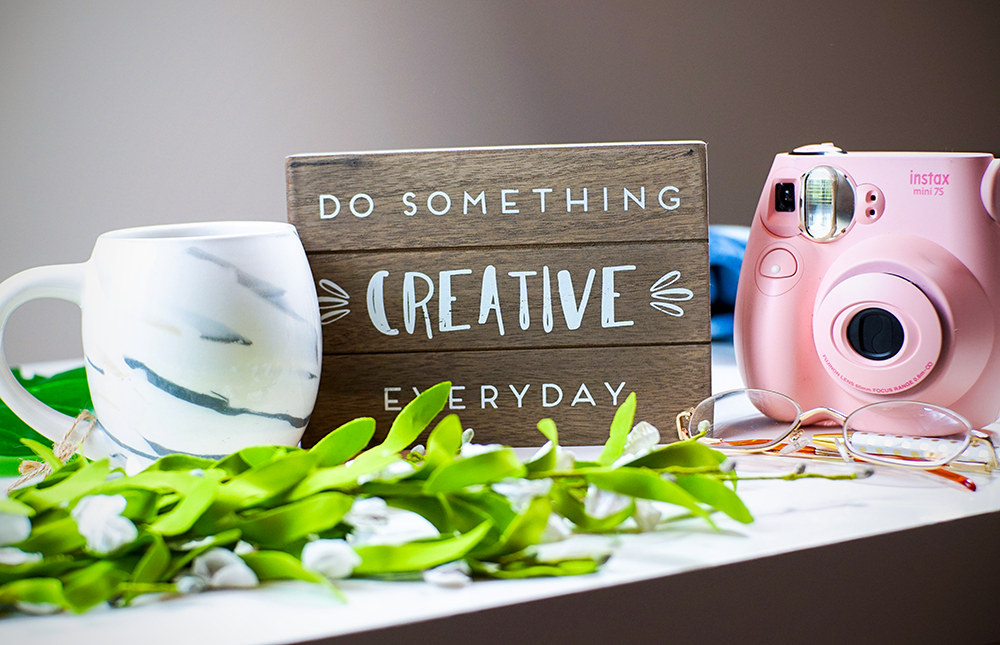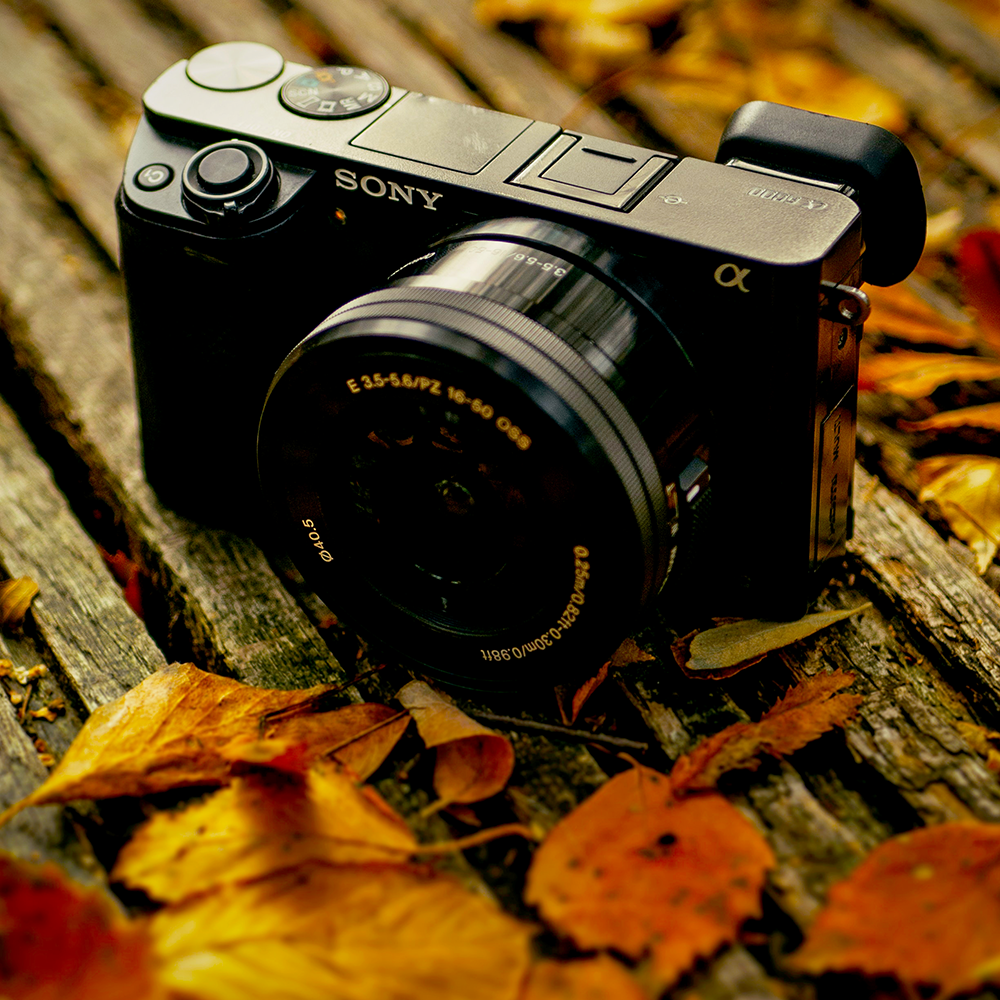Photography is an art form that anyone can enjoy.
Whether you want to capture memories or beautiful images, all you need is a camera and a little bit of know-how.
In this guide, we'll cover the basics of photography so that you can start taking amazing pictures today!
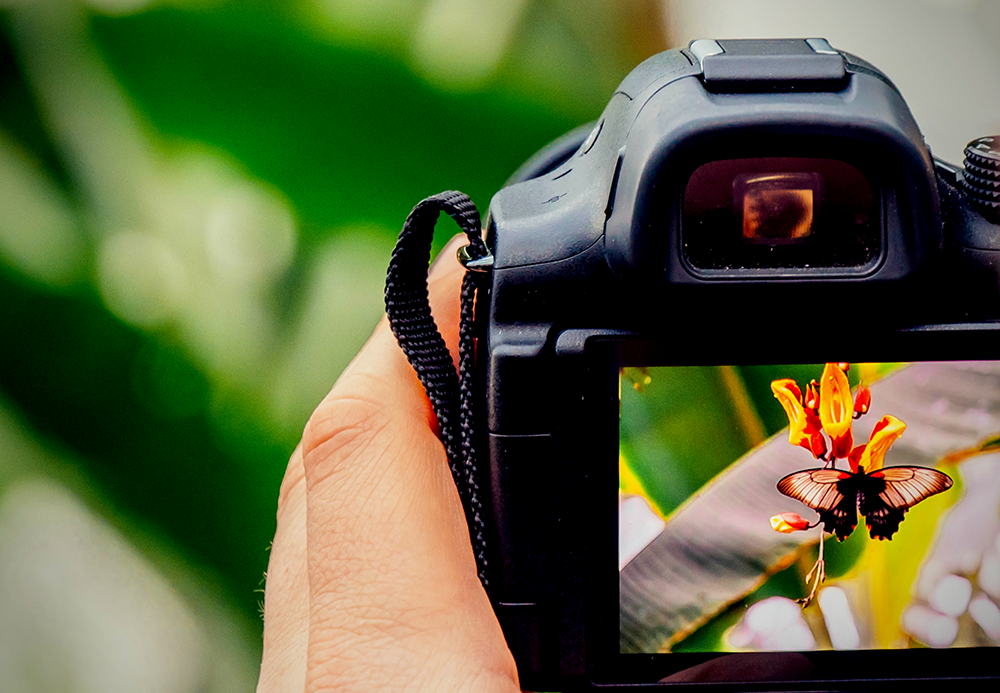


What is Photography?
At its core, photography is all about capturing light.
A photograph is created when light hits a light-sensitive surface, such as film or a digital sensor.
This interaction between light and surface creates an image that can be preserved and shared.
Photography can be used for a variety of purposes, such as capturing memories, telling stories, or creating art.
No matter what your goal is, anyone can learn the basics of photography and start taking great pictures!
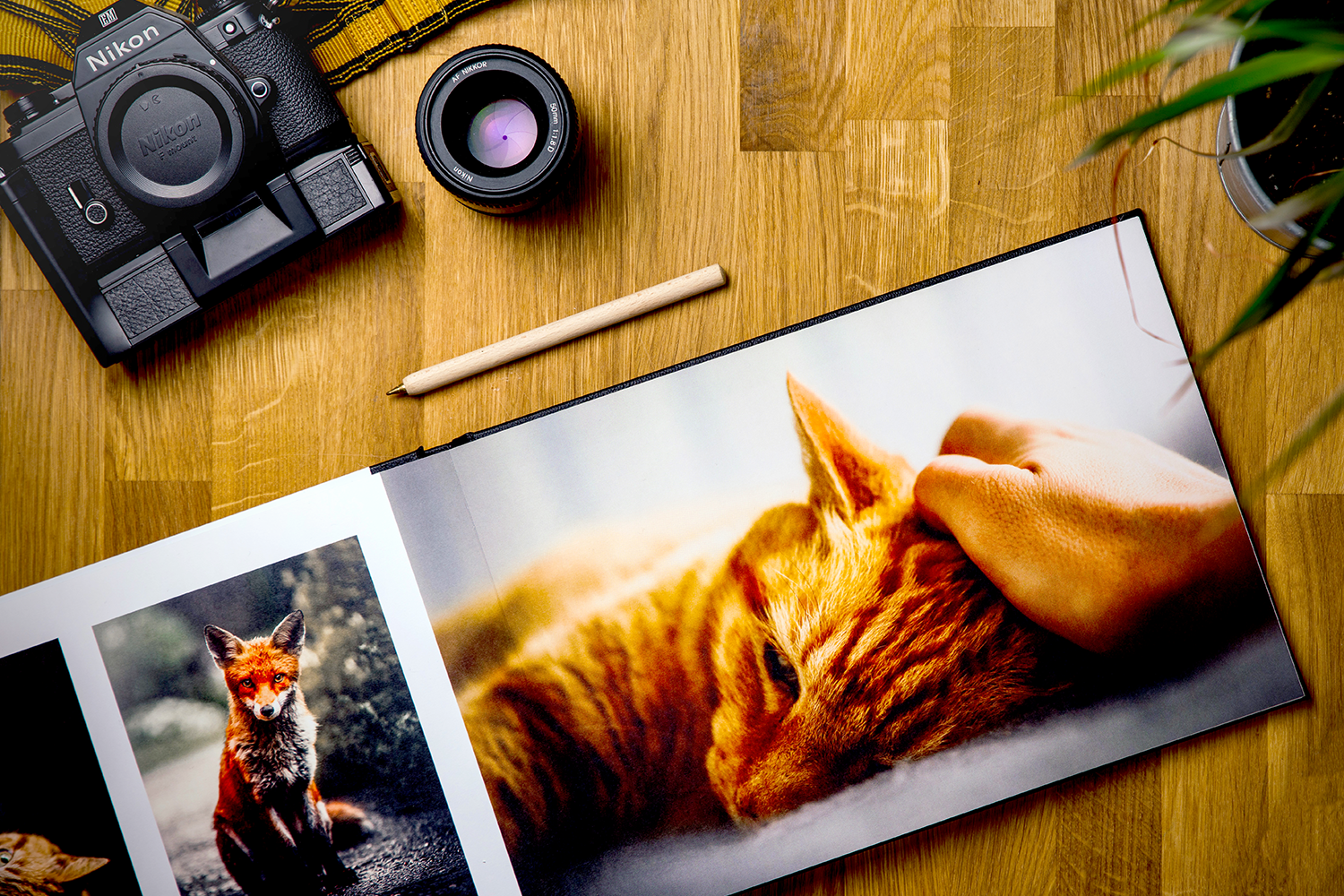
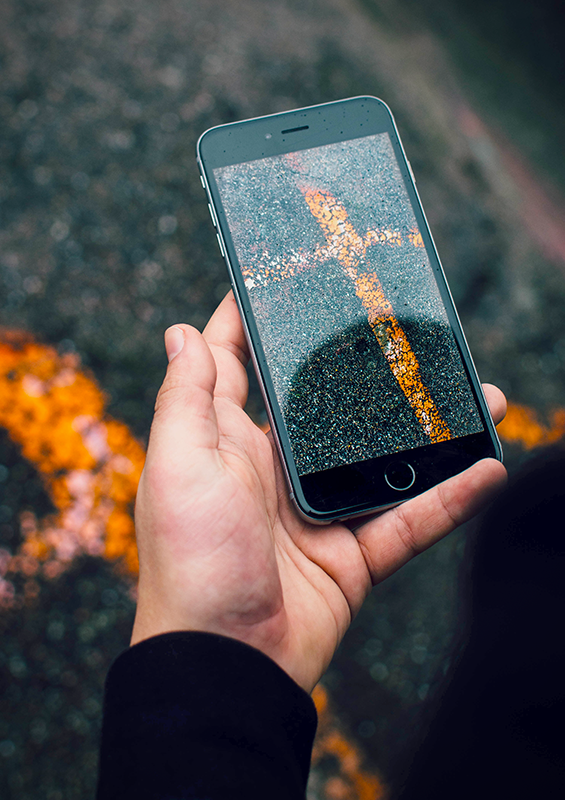
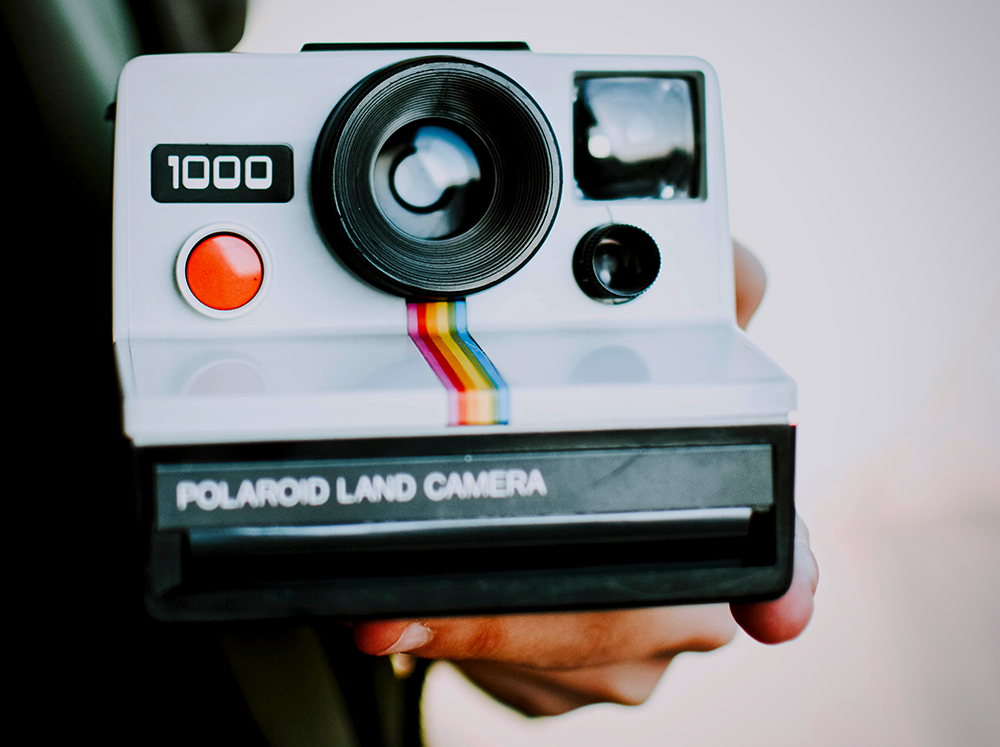
Inspiration and Subject Matter
One of the best things about photography is that you can photograph anything and everything.
The world is your oyster!
When it comes to finding inspiration for your photography, the sky is the limit.
To get started, simply look around you and find something that catches your eye.
Then, start experimenting with different ways to capture it.
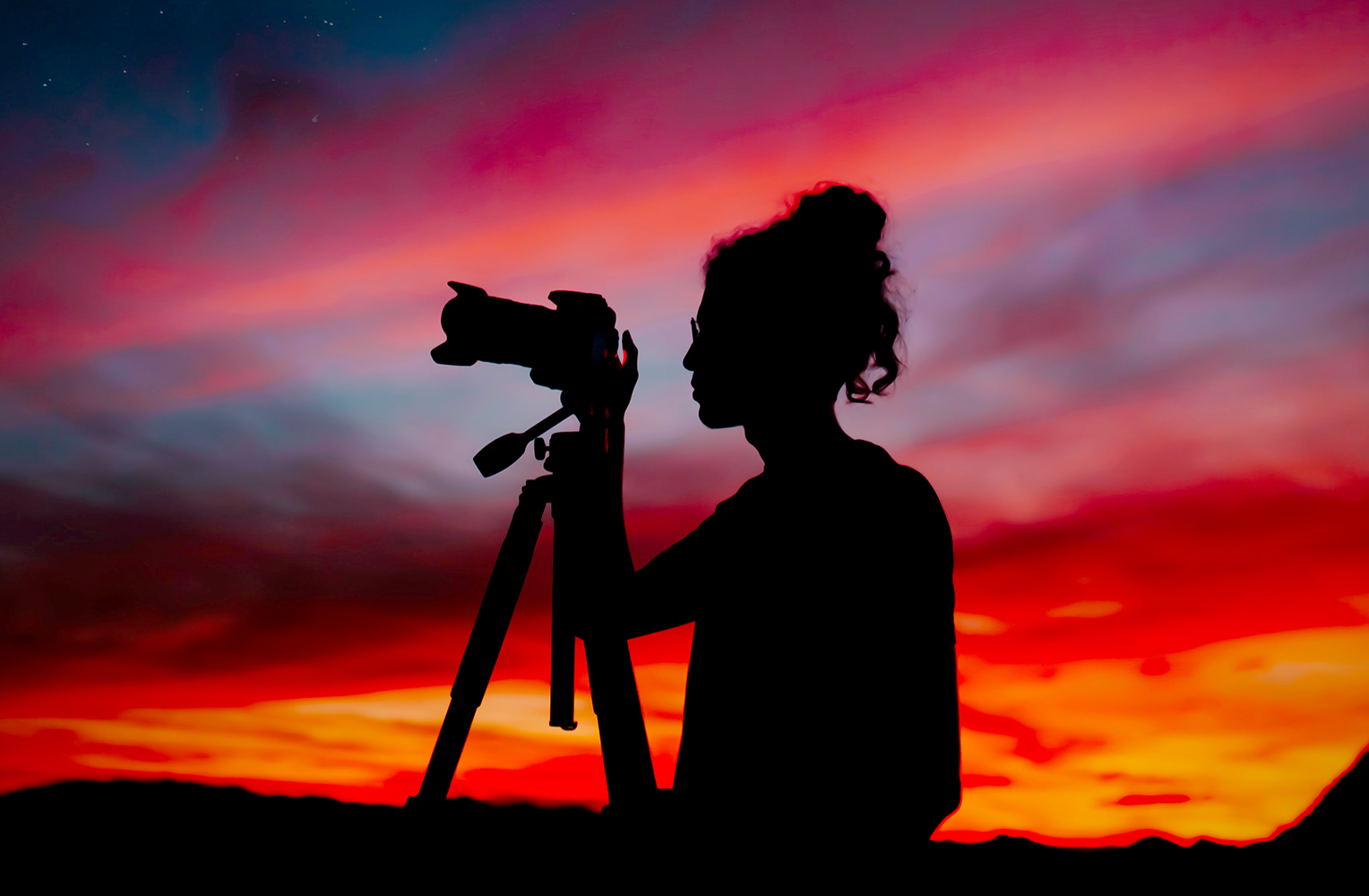
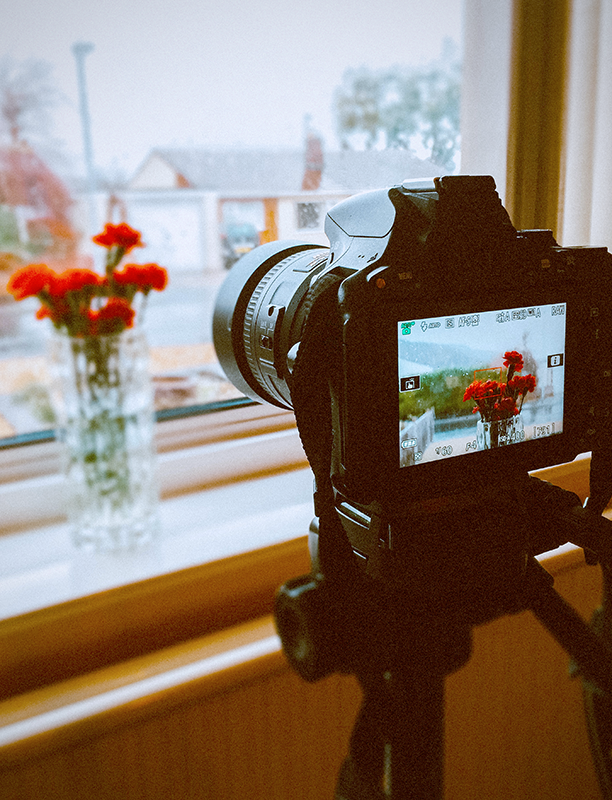
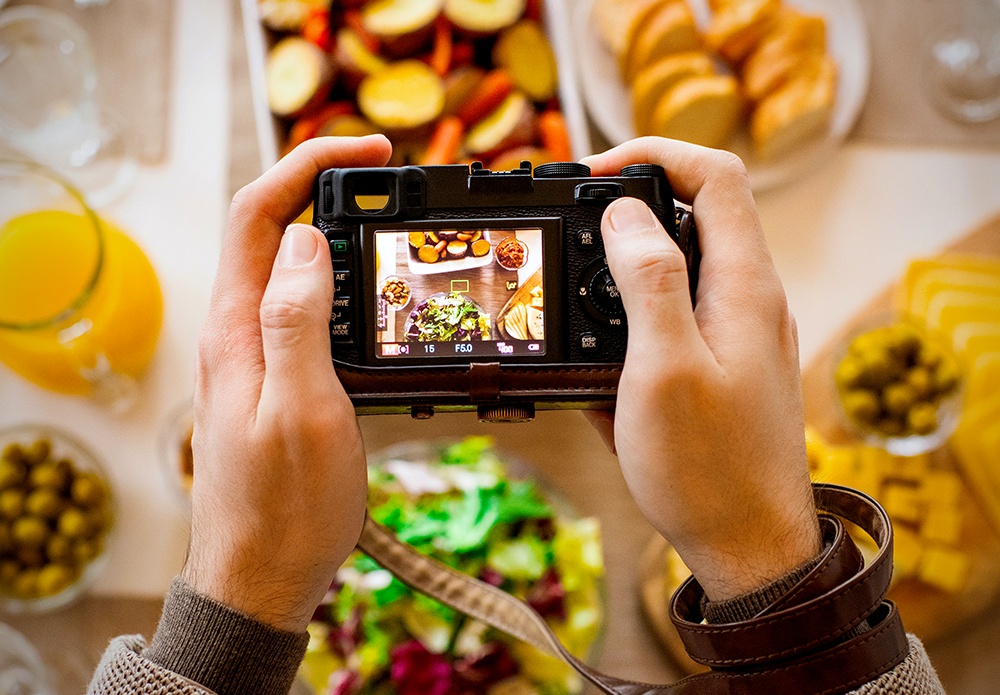
Types of Photography
There are many different types of photography, but the three most popular are portrait, landscape, and still life.
Portrait photography captures images of people, while landscape photography captures the beauty of nature.
Still life photography focuses on inanimate objects, such as flowers or food.
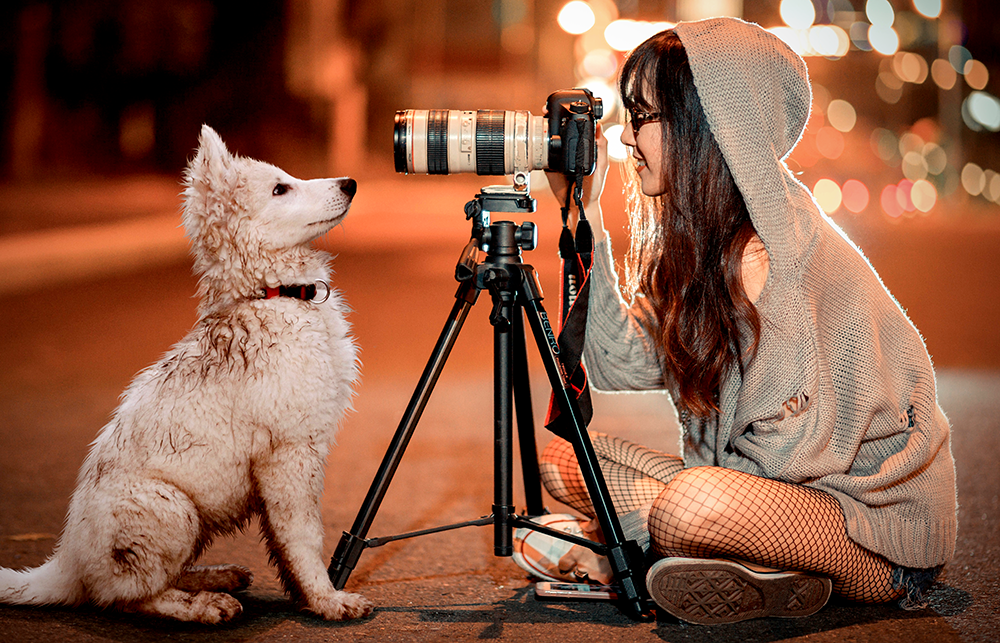
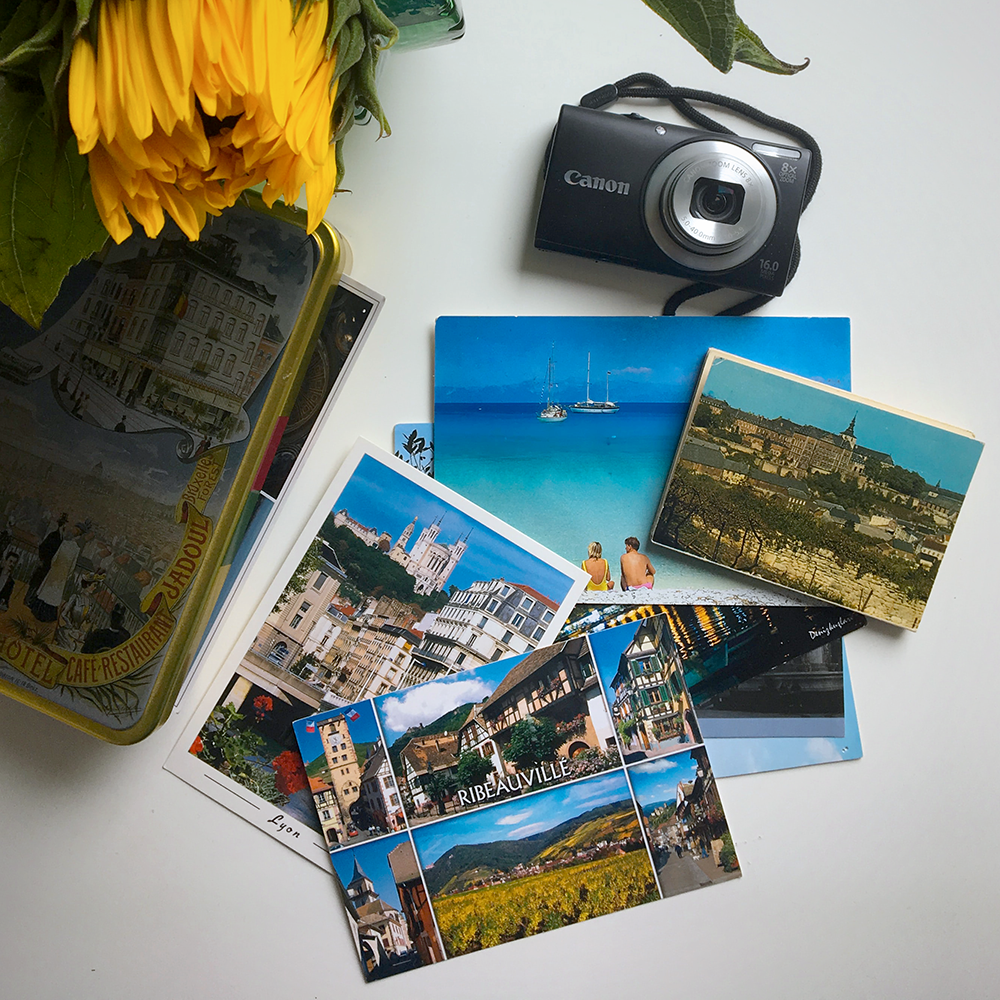
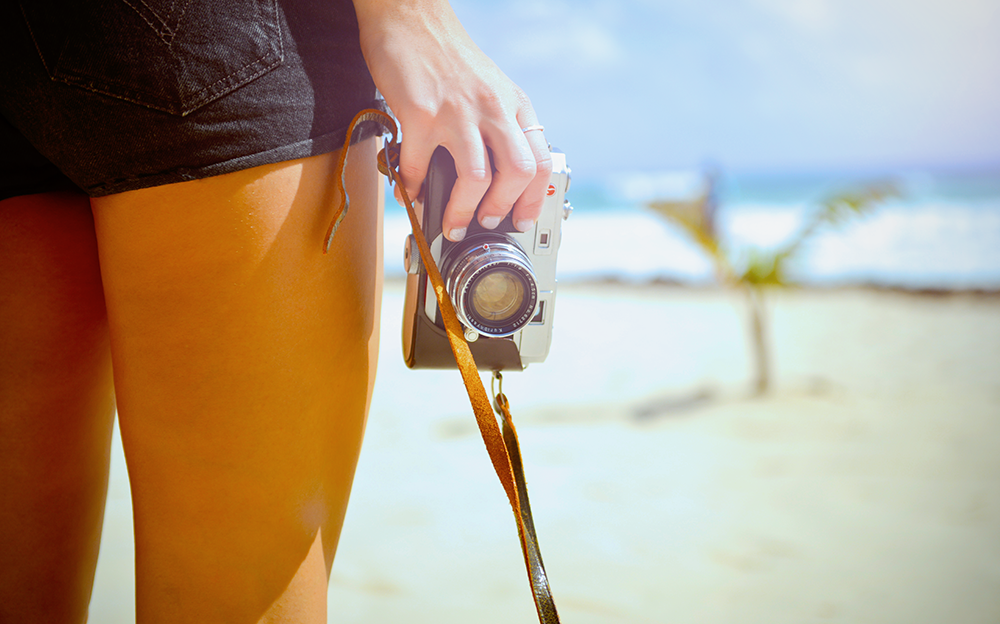
Photography Equipment
One of the great things about photography is that you don't need a lot of expensive equipment to get started.
If you have a smartphone, you already have a camera that is capable of taking great photographs!
Of course, if you want to take your photography to the next level, you can invest in a digital camera.
Digital cameras come in a variety of shapes and sizes, from small point-and-shoot cameras to large DSLR cameras.
No matter what type of camera you use, the basic principles of photography will still apply.
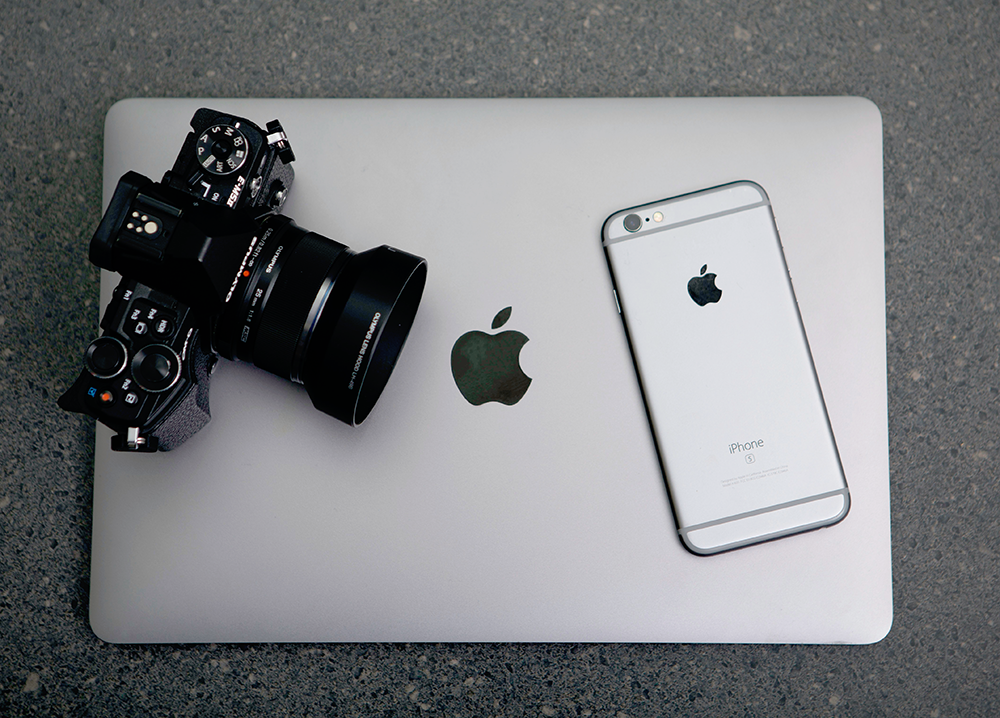
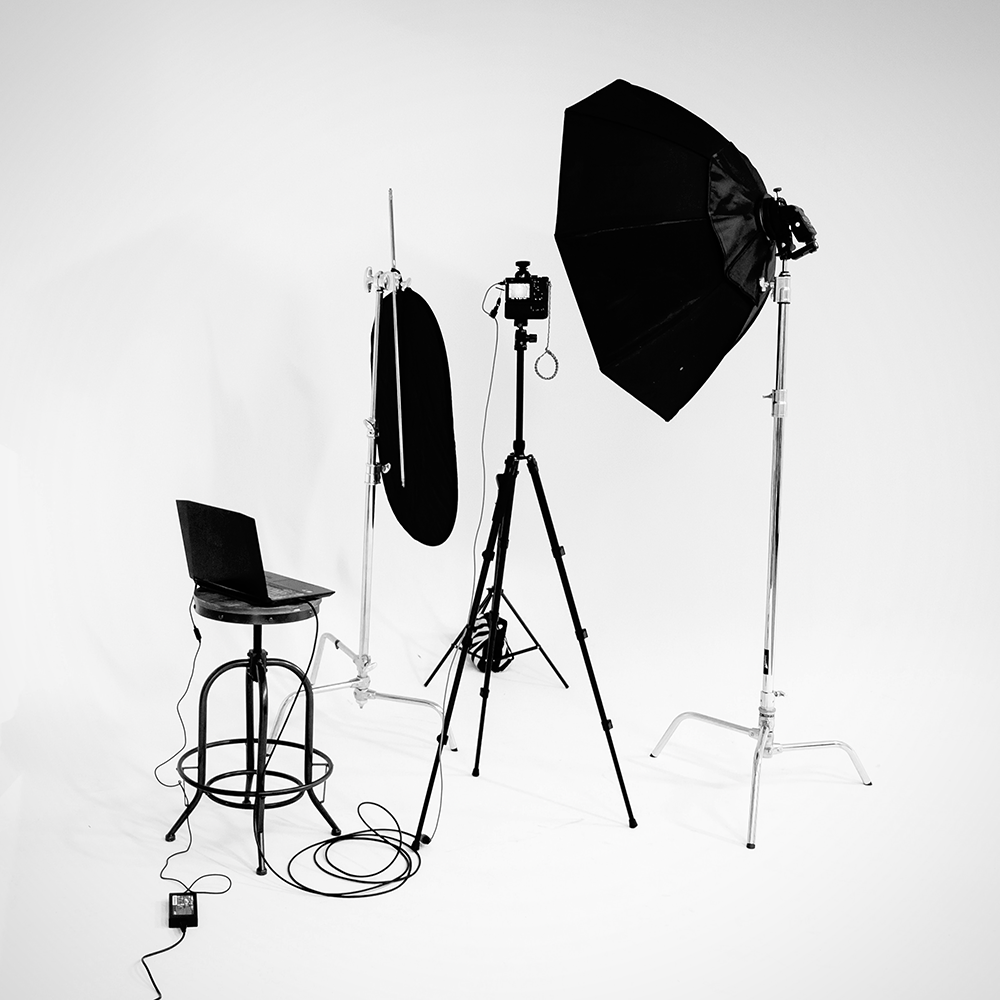
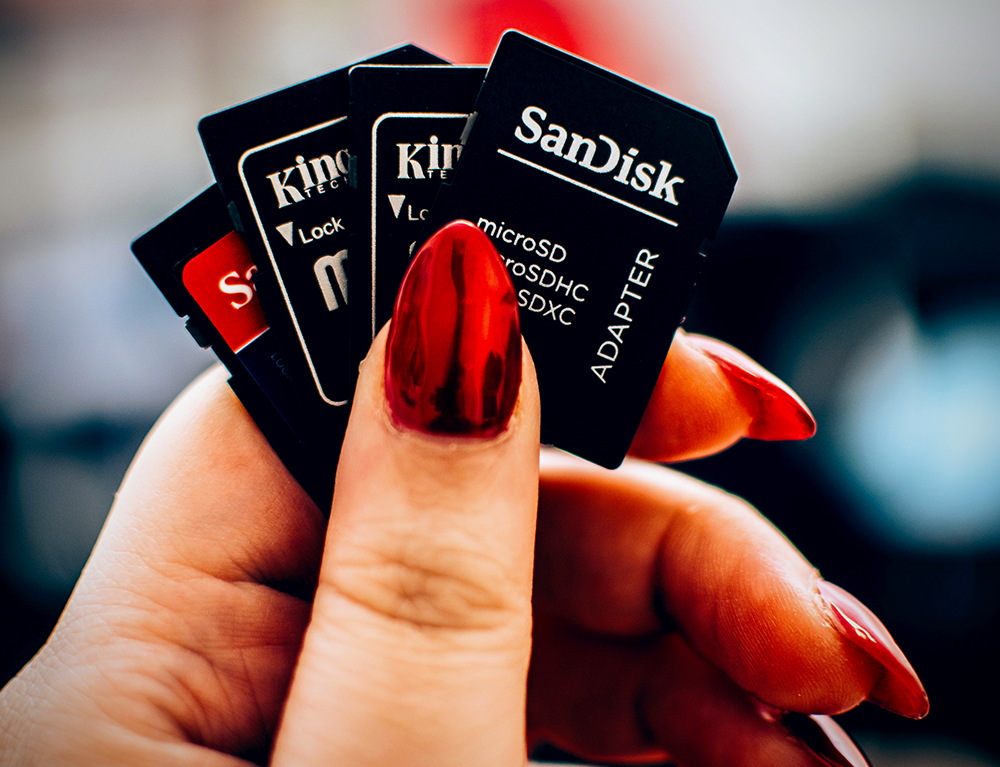
Camera Lens
The camera lens is one of the most important pieces of equipment for a photographer.
A lens is used to focus light onto the sensor, and the type of lens you use will determine the final image.
There are many different types of camera lenses, including wide-angle, telephoto, and macro lenses.
There are kit lenses that come with a camera body, and there are also specialty lenses that can be purchased separately.
The type of lens you use will depend on the type of photography you're doing.
Choosing the right lens for your needs is an important part of photography, so be sure to do your research before making a purchase.
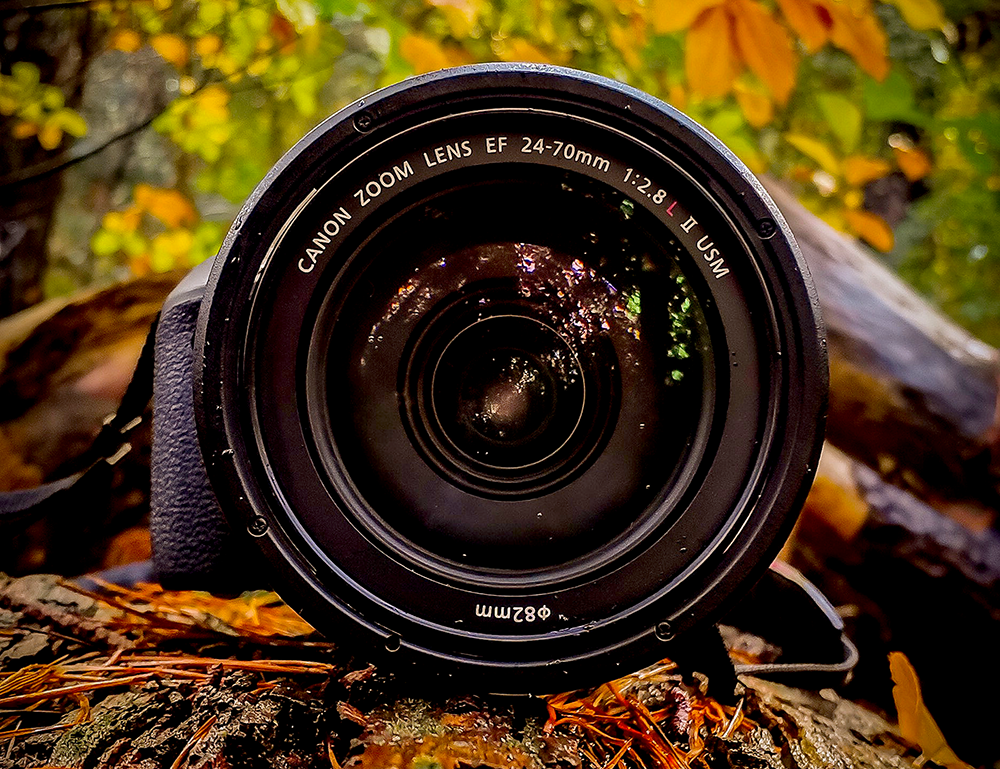
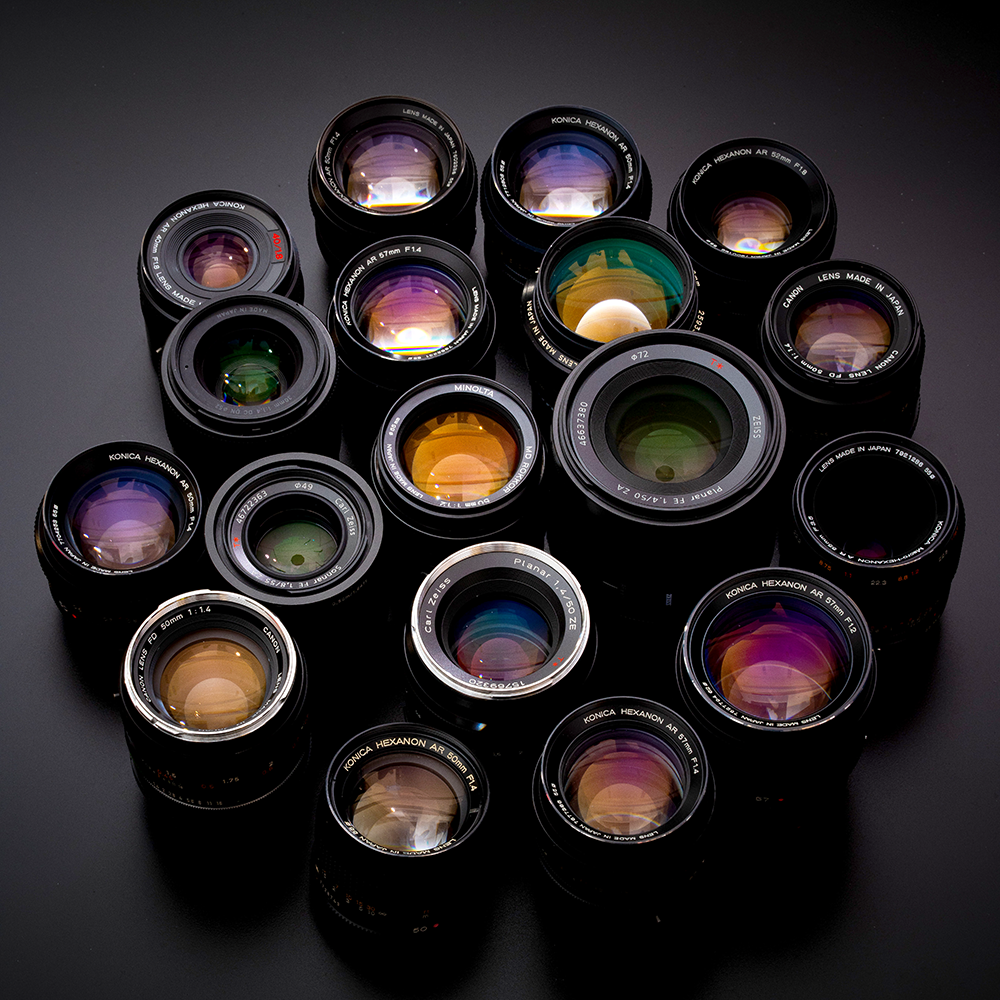
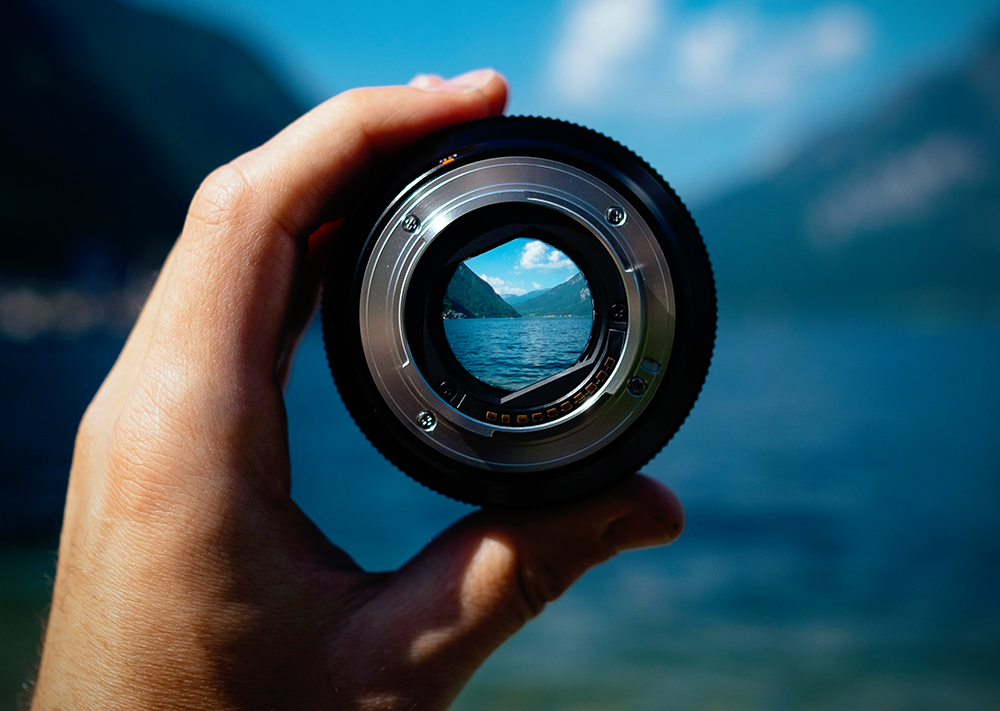
Tripod
A tripod is a three-legged stand that is used to support a camera.
Using a tripod is essential for getting sharp, crisp images, especially when photographing in low-light conditions or using a long focal length.
Tripods come in a variety of sizes and styles, so be sure to choose one that is right for you and your camera.
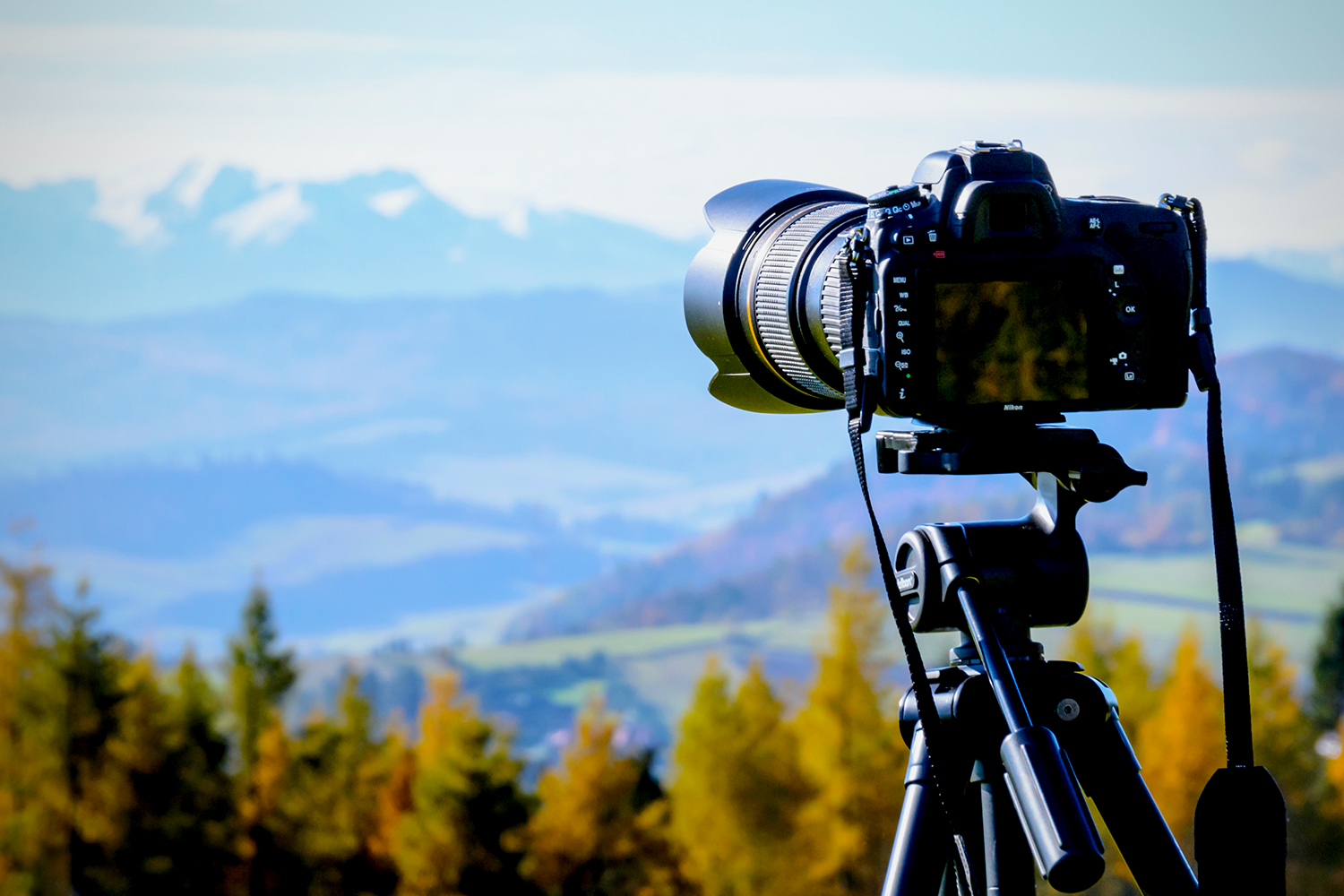
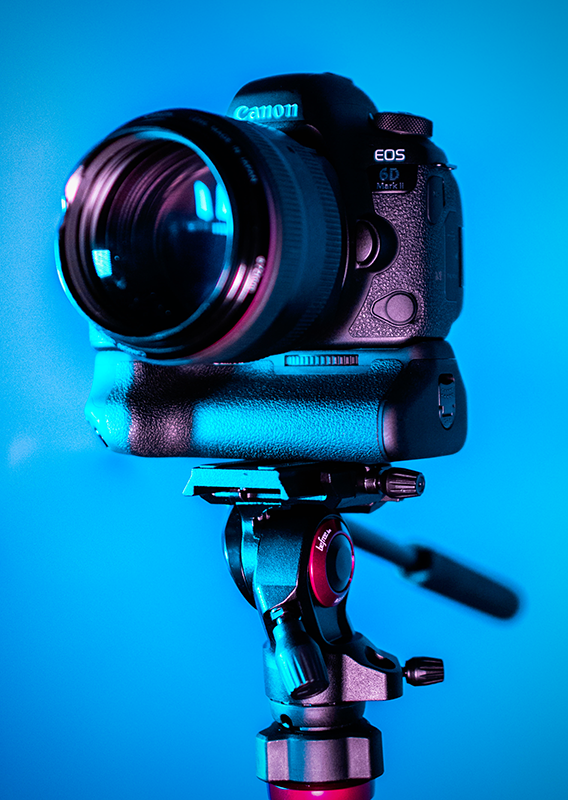
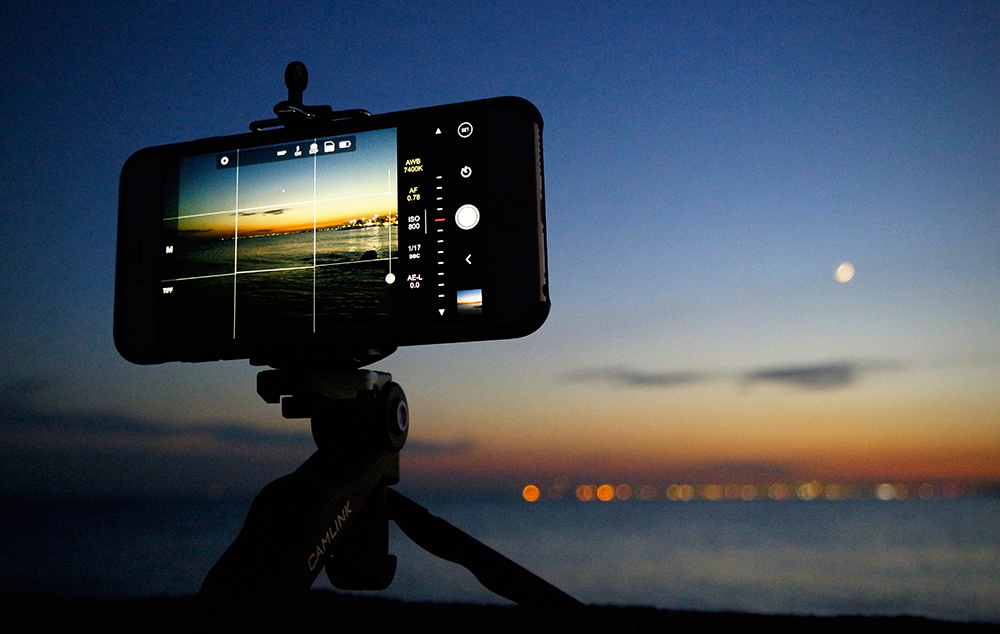
Basic Principles
No matter what type of photography you're interested in, the basic principles are the same.
In order to take great pictures, you need to understand the exposure triangle, composition, and how to use your camera's manual settings.
Let's start with discussing exposure settings.
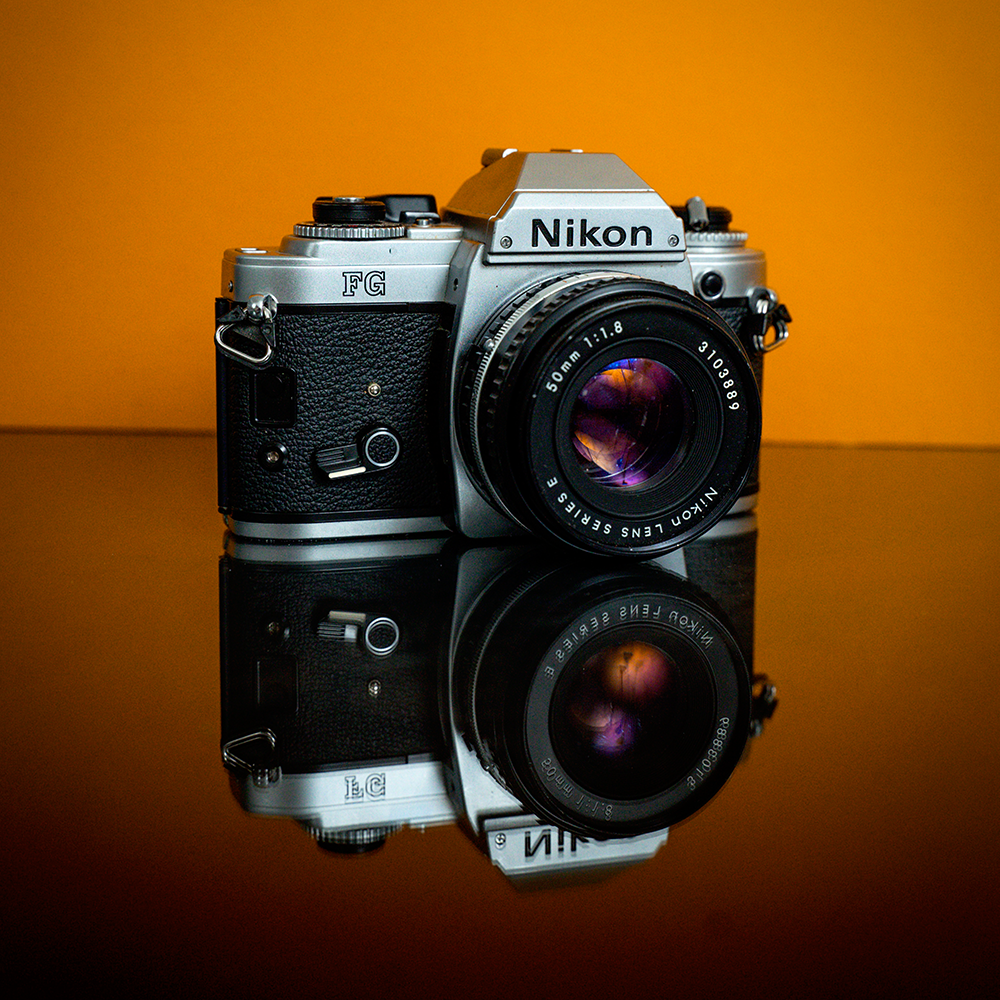
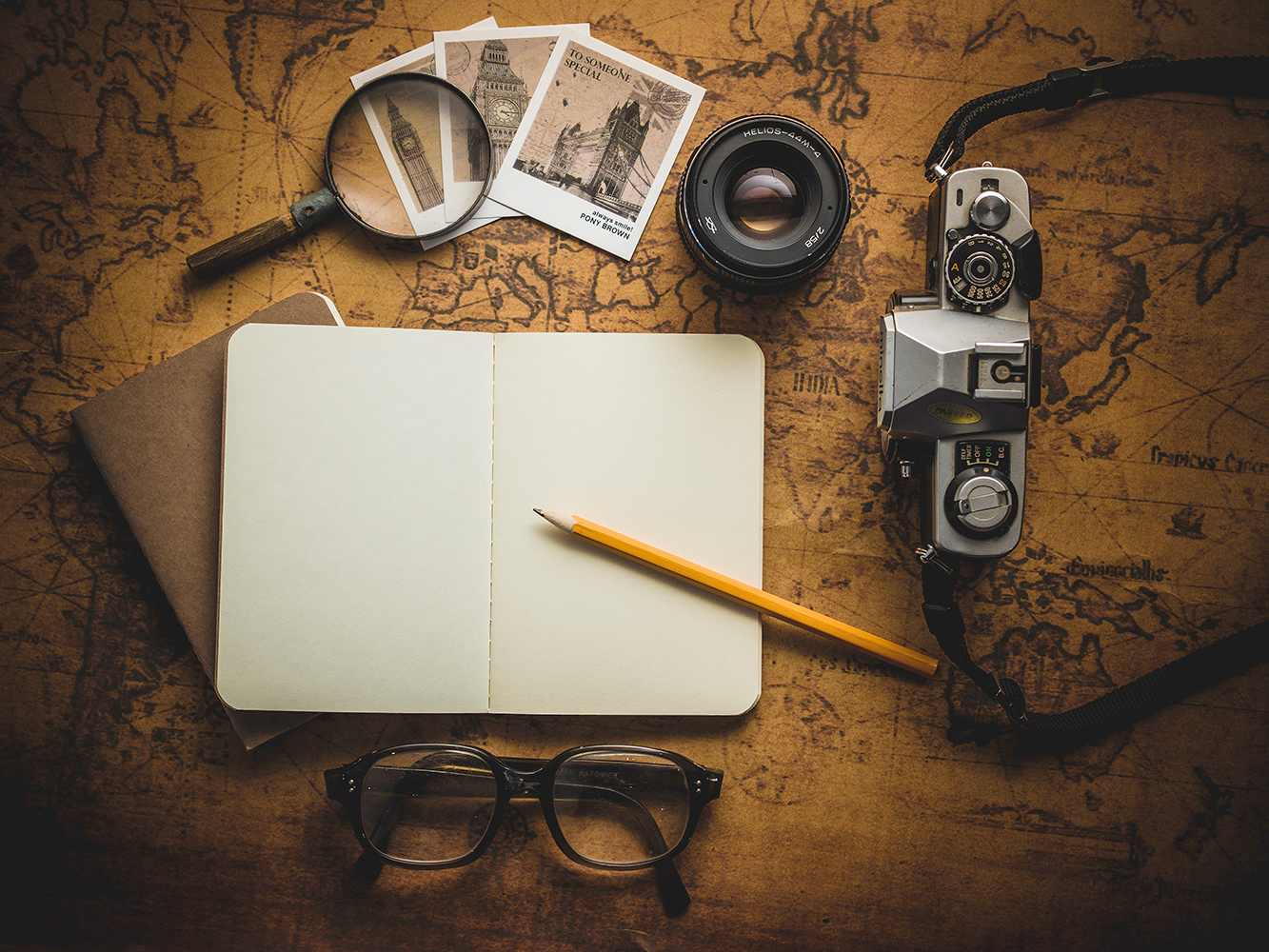
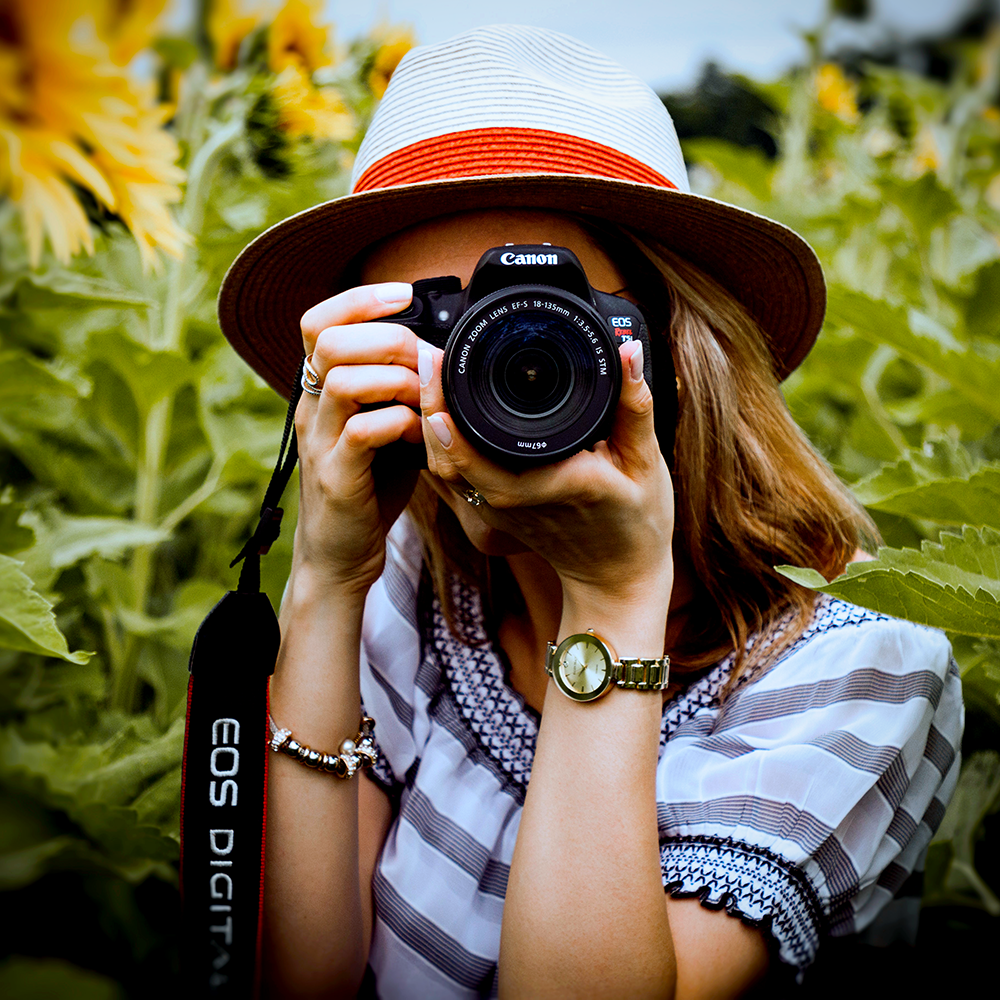
The Exposure Triangle
How much light hits your camera's sensor will impact your photography and image quality.
The exposure triangle is made up of three factors: aperture, shutter speed, and ISO.
Aperture controls the amount of light that enters the camera, shutter speed determines how long the sensor is exposed to light, and ISO regulates the sensor's sensitivity to light.
Less light will result in a darker image, while more light will create a brighter one.
Shutter speeds are typically measured in fractions of a second, such as 1/250 or 1/1000.
The lower the number, the longer the shutter is open and the more light that enters the camera.
Aperture is typically measured in f-stops, such as f/2.8 or f/5.6.
Large aperture values (such as f/2.8) correspond to a large opening, which allows more light to enter the camera.
ISO is typically measured in numbers, such as 100 or 1600.
A lower ISO number indicates a lower sensor sensitivity, while a higher ISO number indicates a higher sensor sensitivity.
The ideal settings will vary depending on the type of photography you're doing and the conditions you're shooting in, such as for outdoor shooting or studio photography.
Balancing these three factors will help you create correctly exposed images every time.
A slow shutter speed will result in a blurry image, while a high ISO will make your image appear grainy.
The aperture priority mode on your camera will help you get the correct exposure by automatically adjusting the shutter speed and ISO for you.
Getting the proper exposure is a balancing act between these three elements, but you can always use auto mode if you're just starting out.
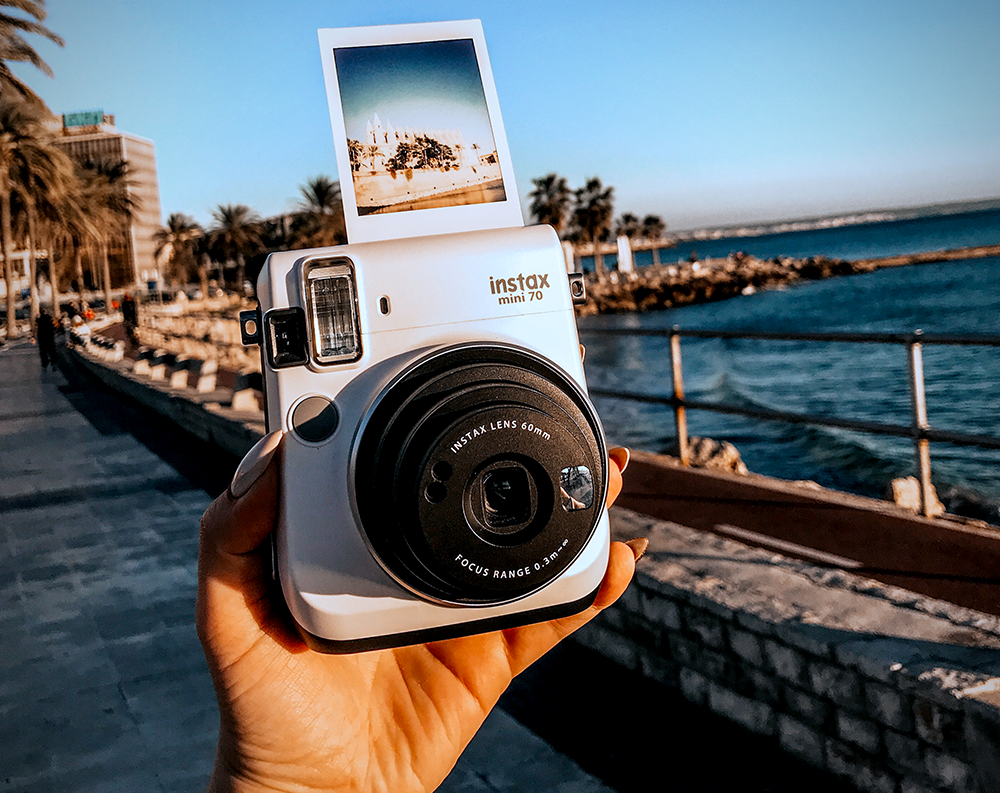
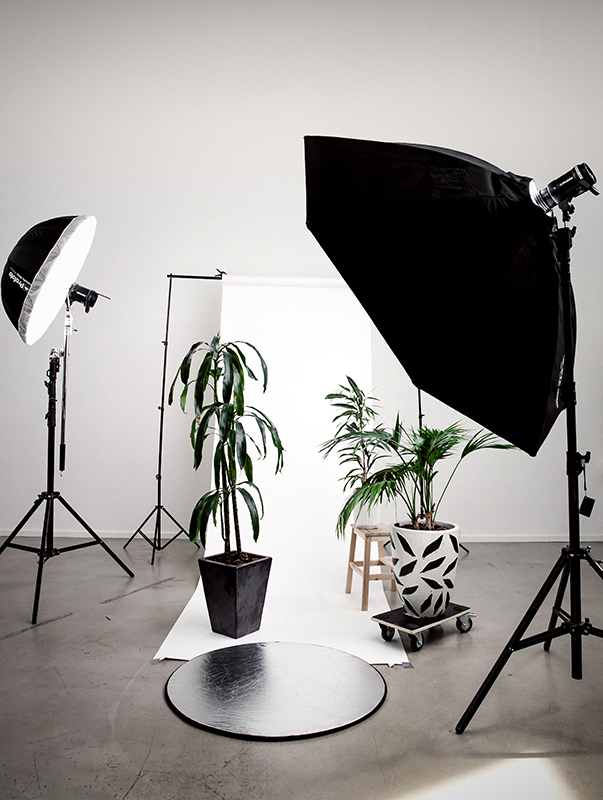
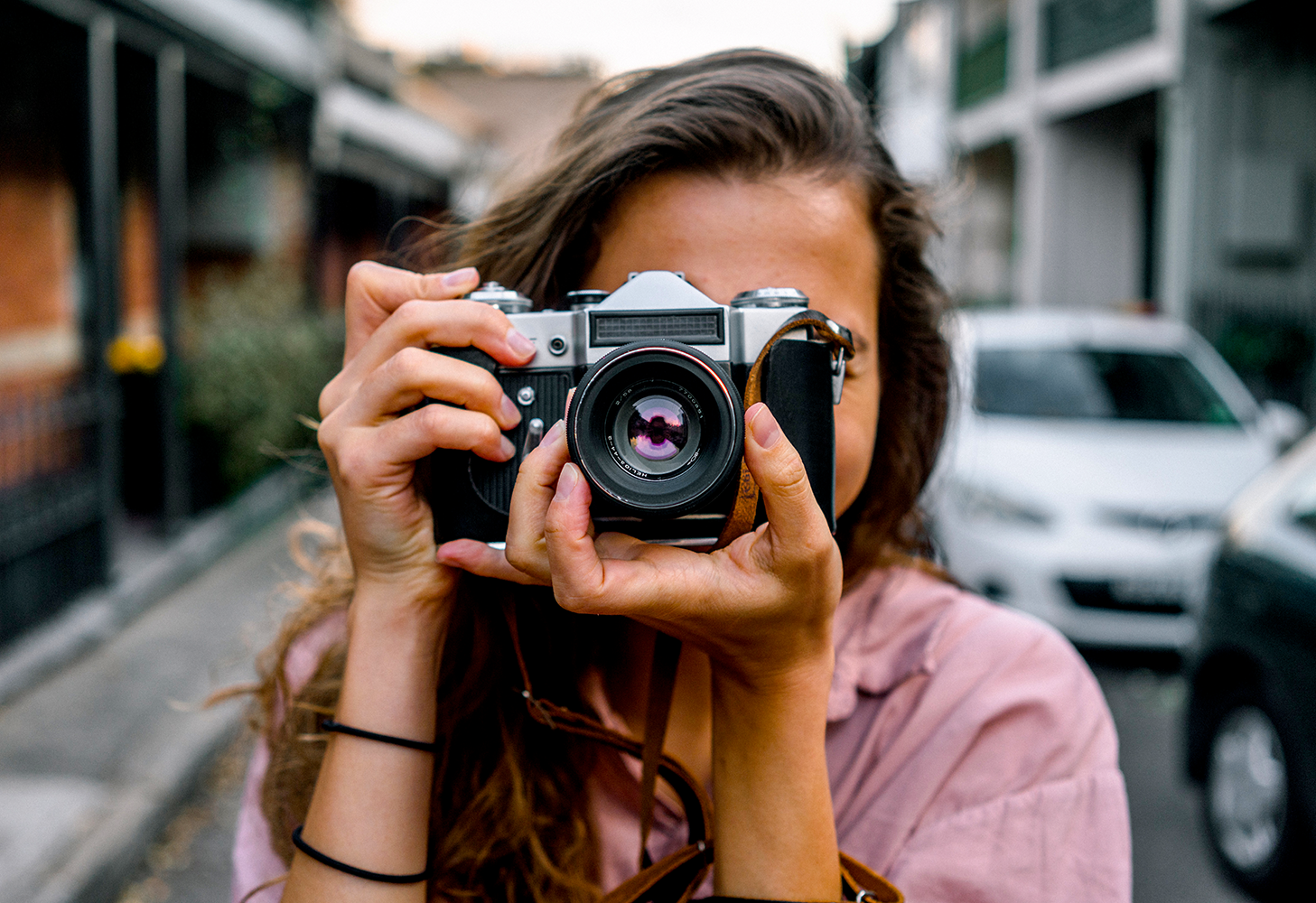
Composition
In addition to understanding the exposure mode options, it's also important to know how to compose your shots.
There are many different rules of composition that you can follow (such as the rule of thirds), but a good place to start is by simply paying attention to your surroundings and framing your shots in an interesting way.
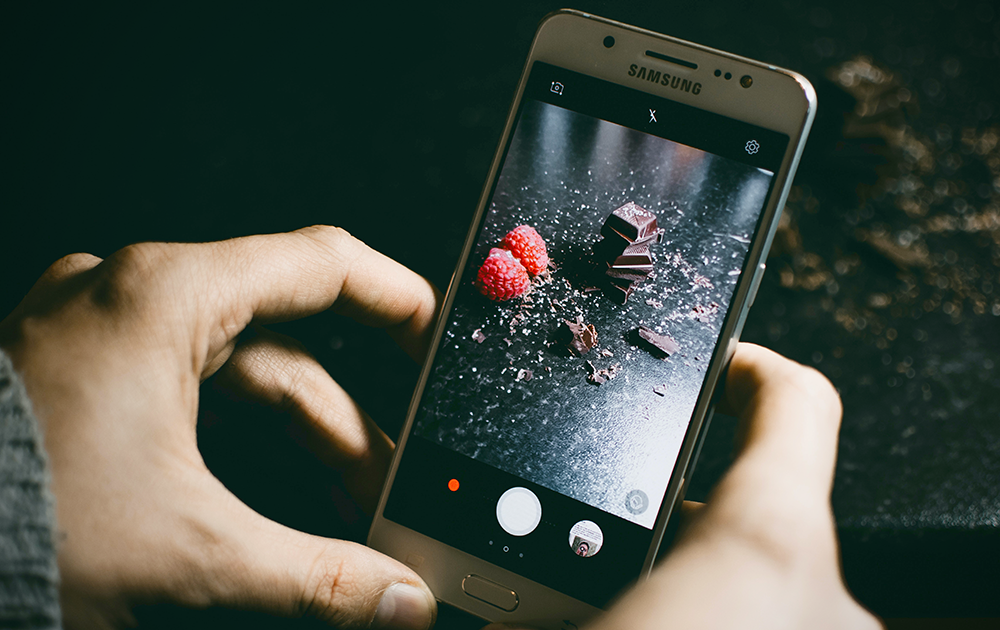
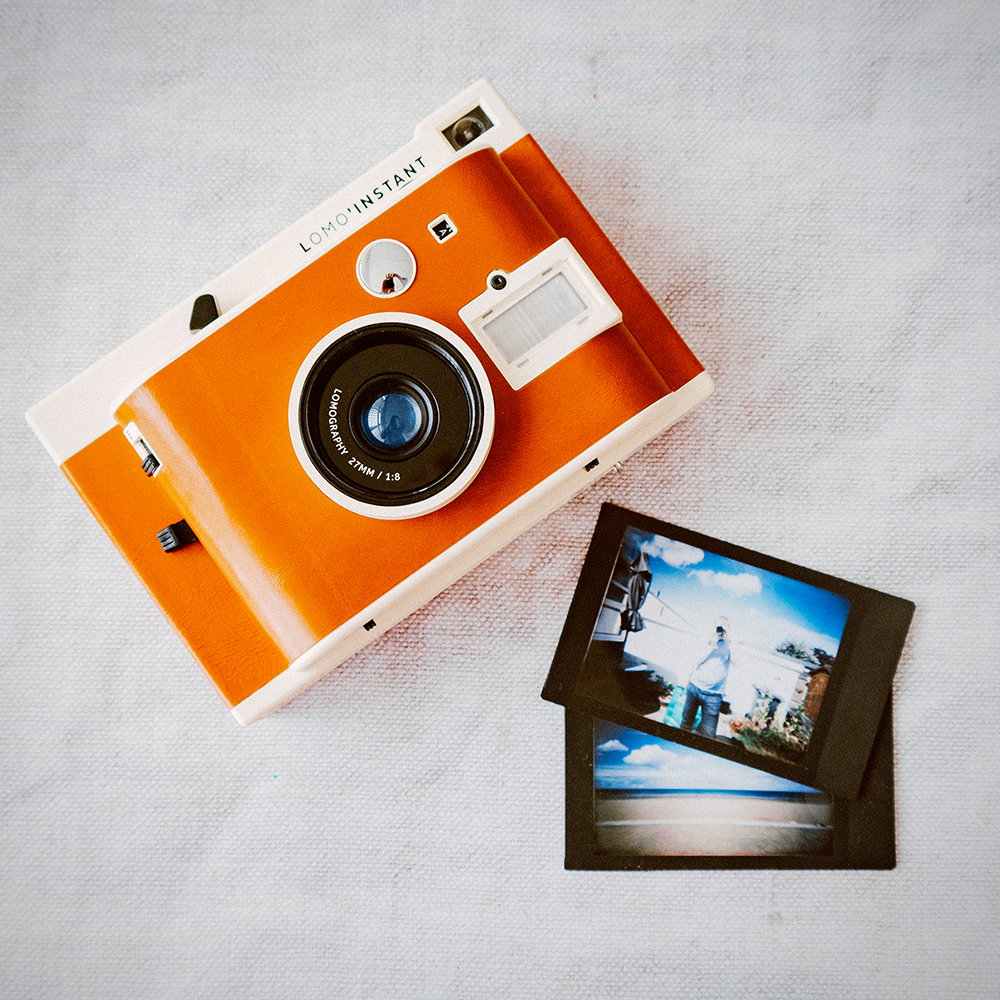
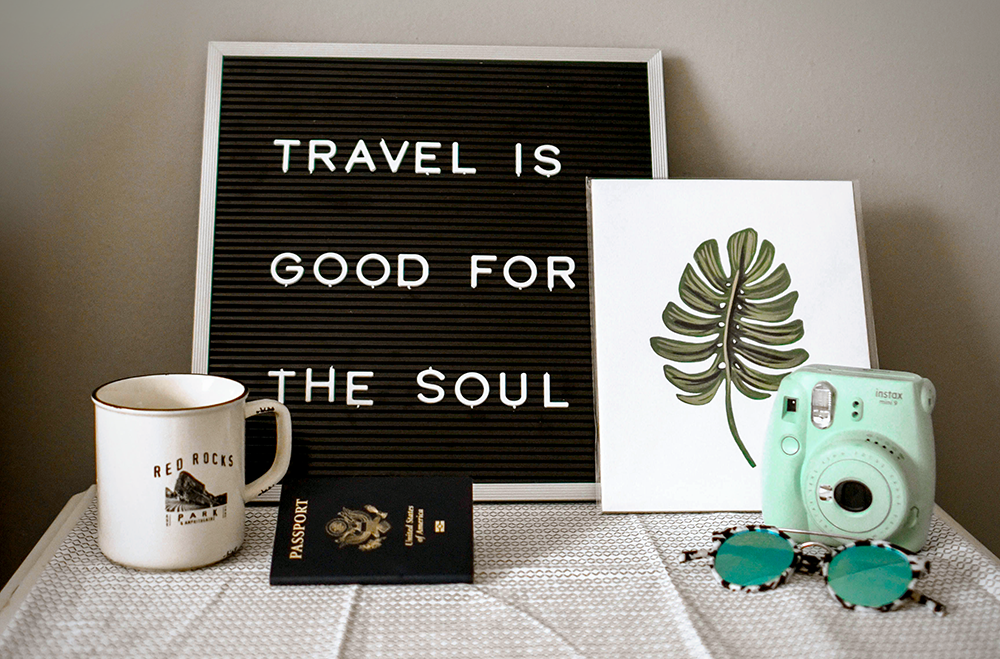
Using Your Camera's Manual Settings
Once you have a solid understanding of photography basics, it's time to start experimenting with your camera's manual settings.
Manual mode may seem daunting at first, but it's actually quite simple once you get the hang of it.
For example, you can use portrait mode to take great photos of people, landscape mode for scenery, and close-up mode for macro photography.
Each mode will give you different results, so by shooting in manual mode, you'll have complete control over your camera and be able to produce even better results than before!
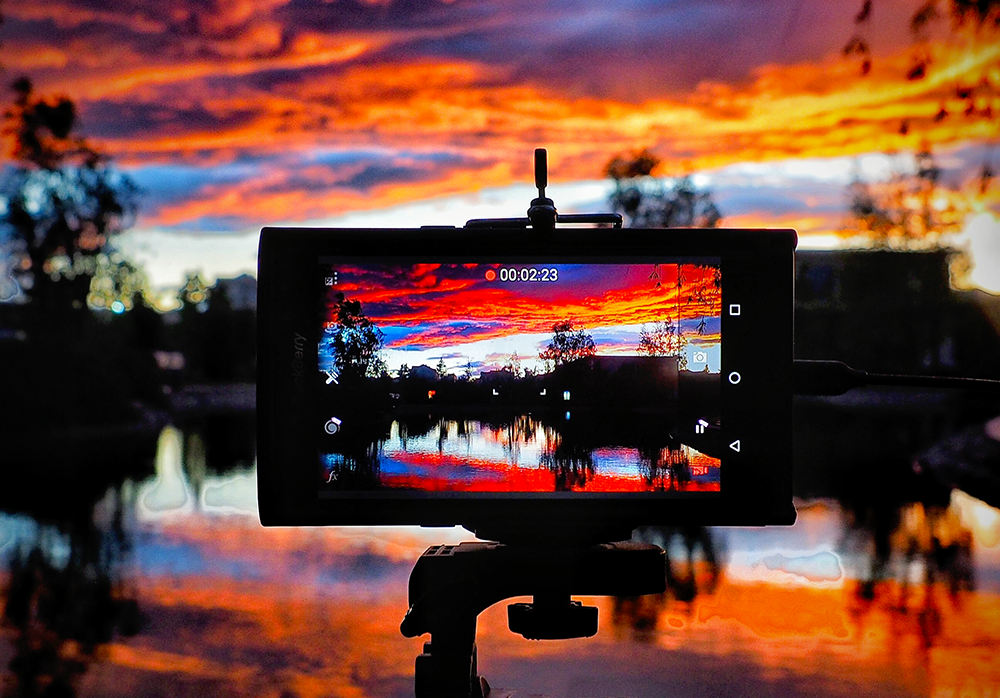
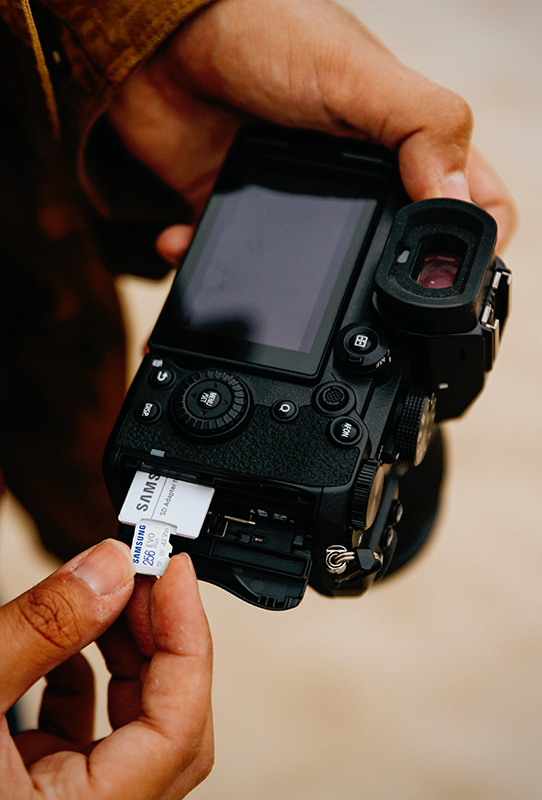
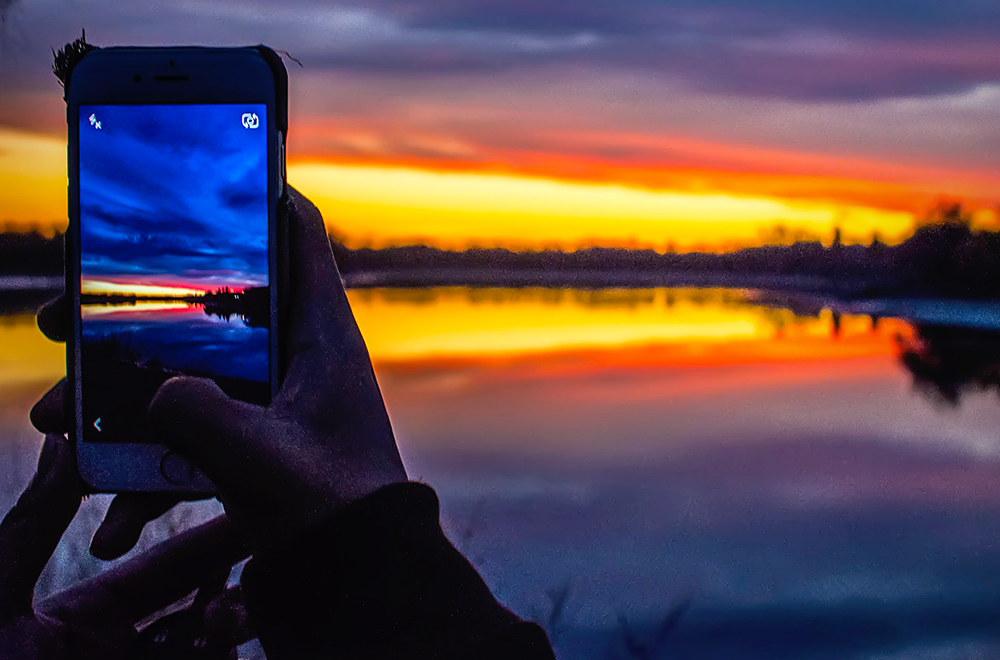
Starting Photography
We hope you enjoyed this beginner's photography 101 guide!
Remember to practice these techniques frequently so that you can master them and take your photography game to the next level!
With a little bit of practice and patience, anyone can become a great photographer.
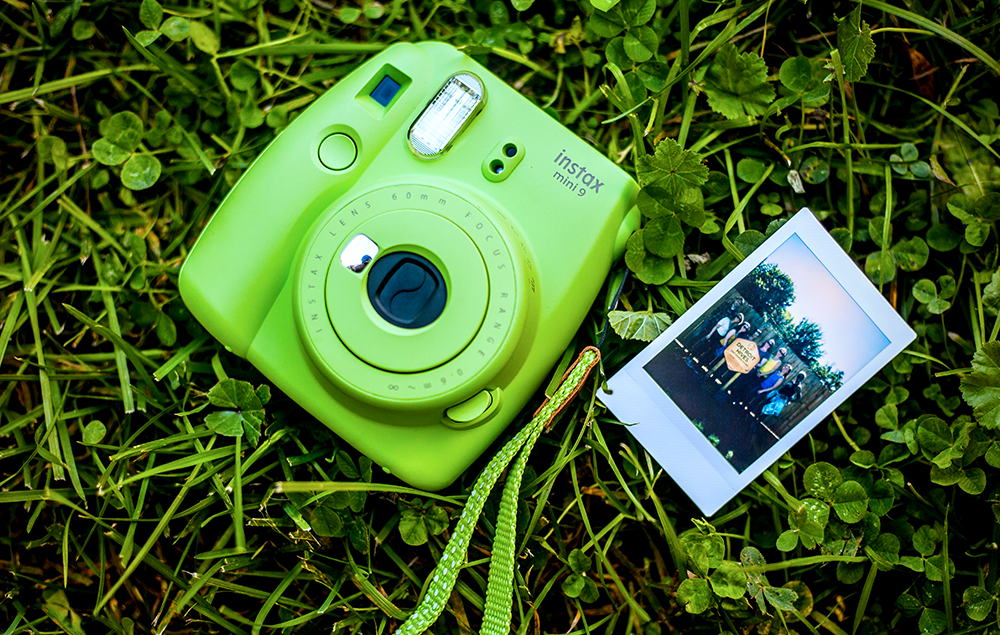
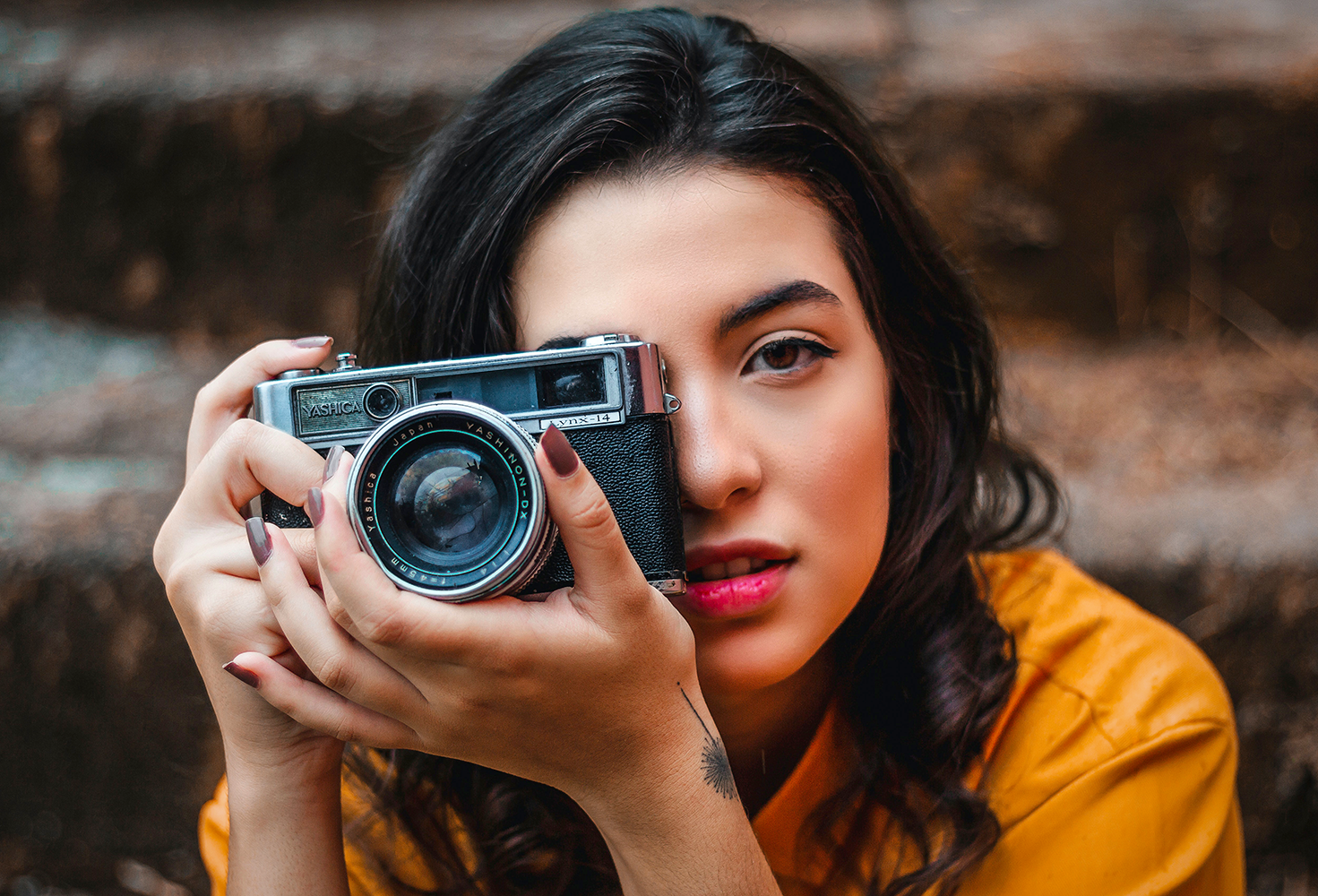
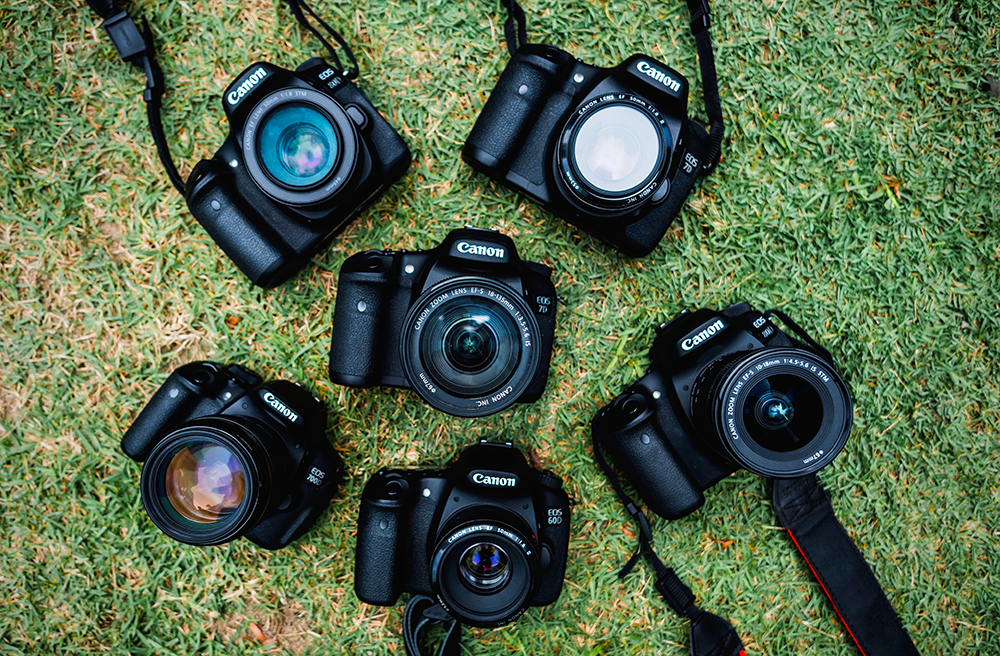
Want to learn more? Be sure to check out David Manning's video!
Love your pet and want to take amazing photos to preserve all of your precious memories?
Check out some of our other article on the best pet photography cameras!
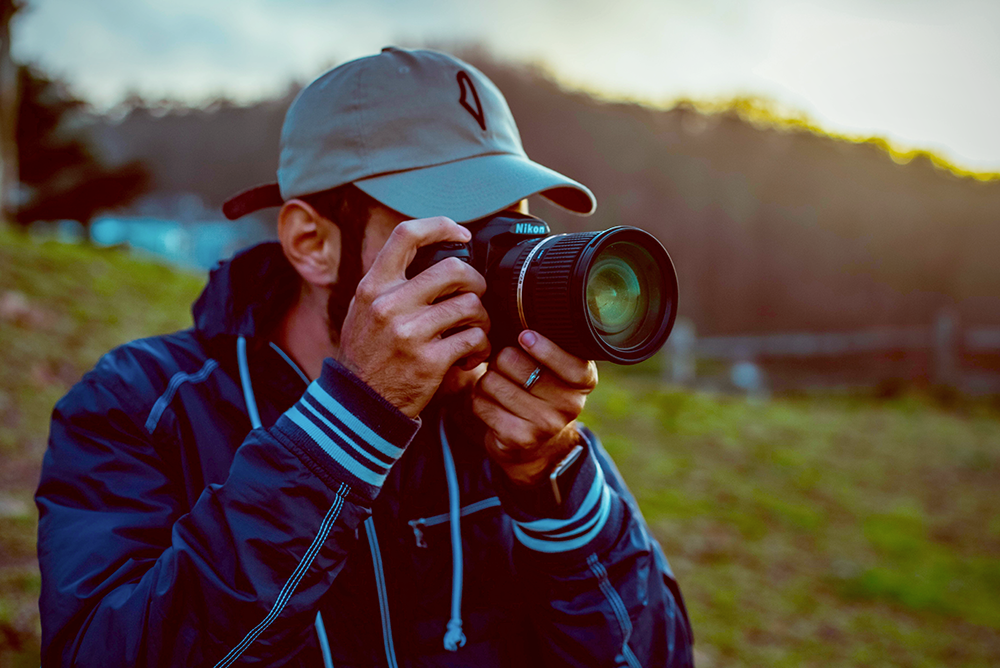
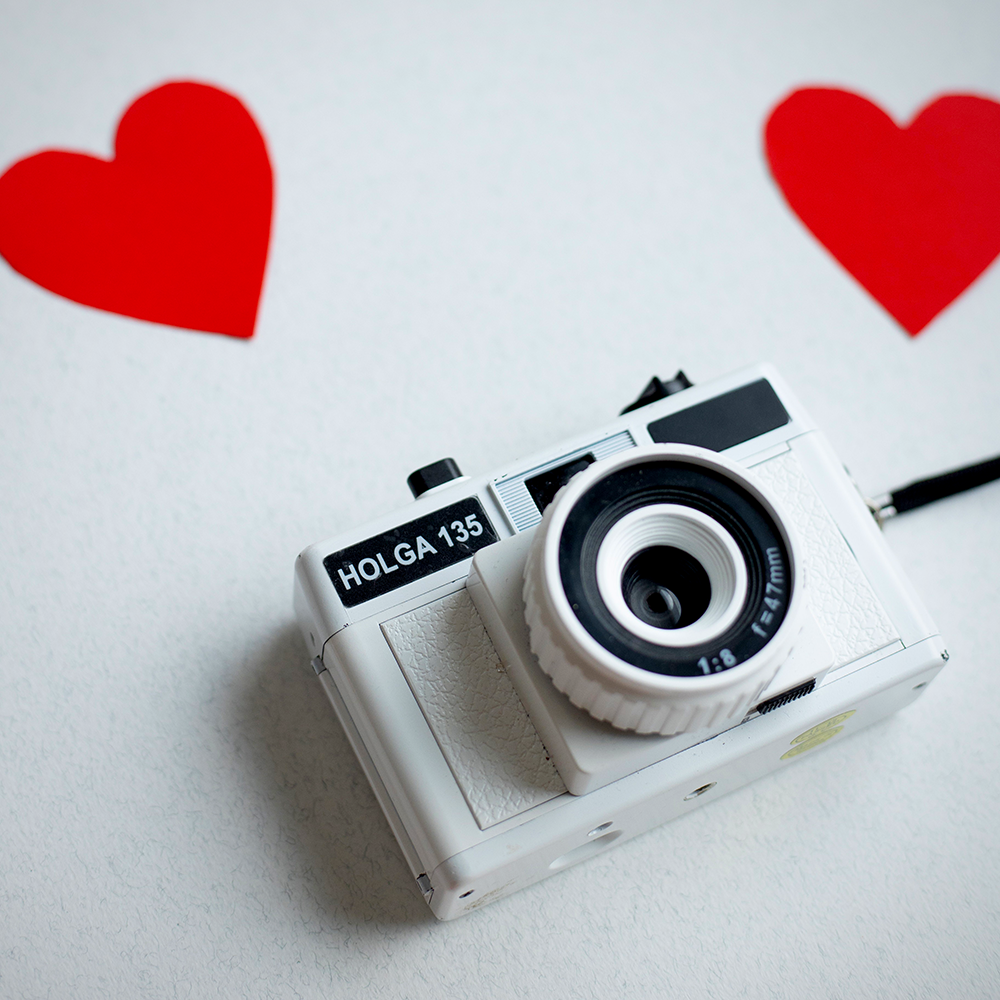
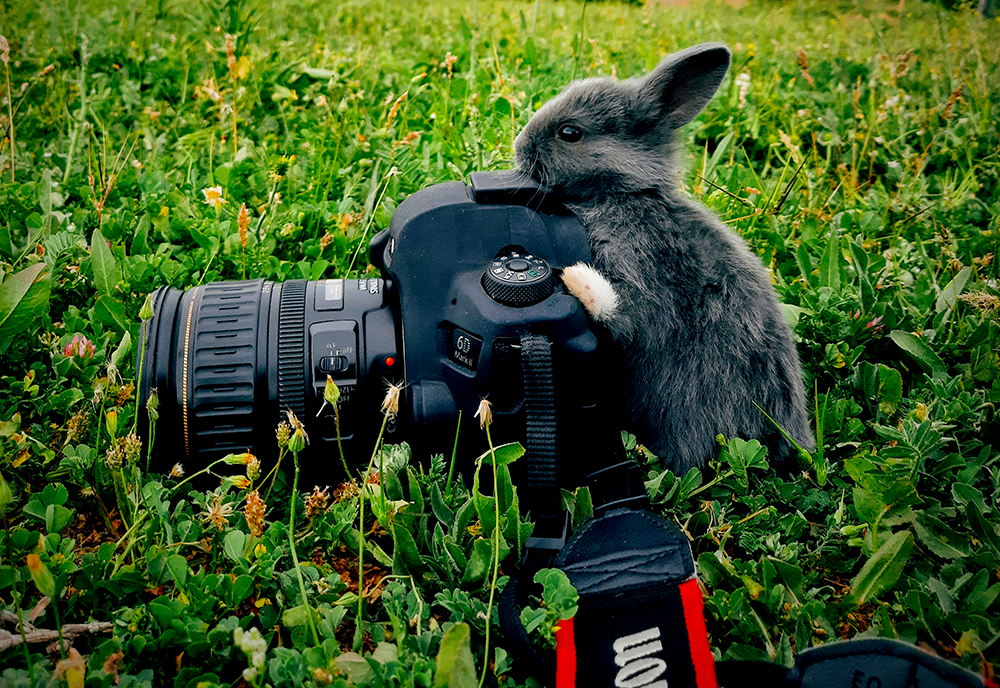
Eager to learn Photoshop in an hour? Check out Scott Kelby's Course for $29 on KelbyOne!
Want even more content about creativity and art?
Be sure to check out all of our creative chronicles!
Interested in photography?
Check out some of our other articles:
